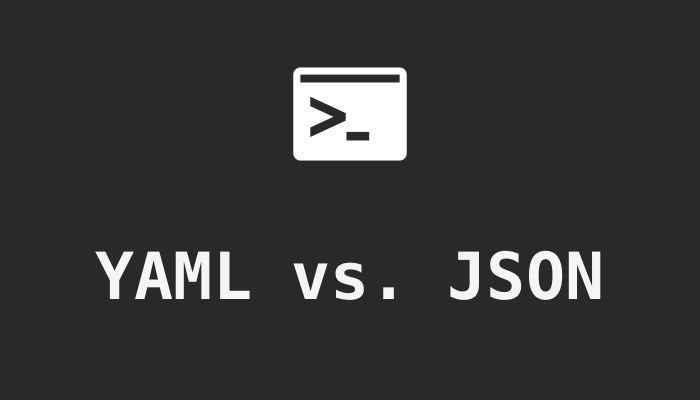What is YAML file and compared with JSON

YAML (YAML Ain't Markup Language) is commonly used for configuration files, but can be used in many applications where data is being stored or transmitted.
A YAML file consists of a series of key-value pairs, with the keys and values represented as strings. The keys are separated from the values by a colon, and the key-value pairs are separated by line breaks. Here is an example of a simple YAML file:
YAML also supports more complex data types, such as lists and dictionaries. Lists are represented using a dash and a space, followed by the list item. Dictionaries are represented using a colon and a space, followed by a key-value pair. Here is an example of a YAML file with a list and a dictionary:
fruits:
- apple
- banana
- orange
person:
name: John
age: 30
location: New York
Difference between YAML and JSON
YAML and JSON are both data serialization languages, which means they are used to convert complex data structures into a format that can be stored or transmitted over a network. There are some key differences between YAML and JSON:
- Format: YAML uses a more human-readable format than JSON, with indentation and white space used to denote structure. JSON uses a strict syntax, with curly braces and square brackets used to denote objects and arrays.
- Data Types: YAML supports a wider range of data types than JSON, including lists, dictionaries, and null values. JSON only supports simple data types (strings, numbers, booleans, and null) and objects and arrays.
- Comments: YAML supports comments, which are not allowed in JSON.
- Usage: YAML is commonly used for configuration files, while JSON is more often used for transmitting data over a network or storing data in a database.
Overall, YAML is generally easier to read and write than JSON, but JSON is more widely supported and is the preferred format for transmitting data over a network.
